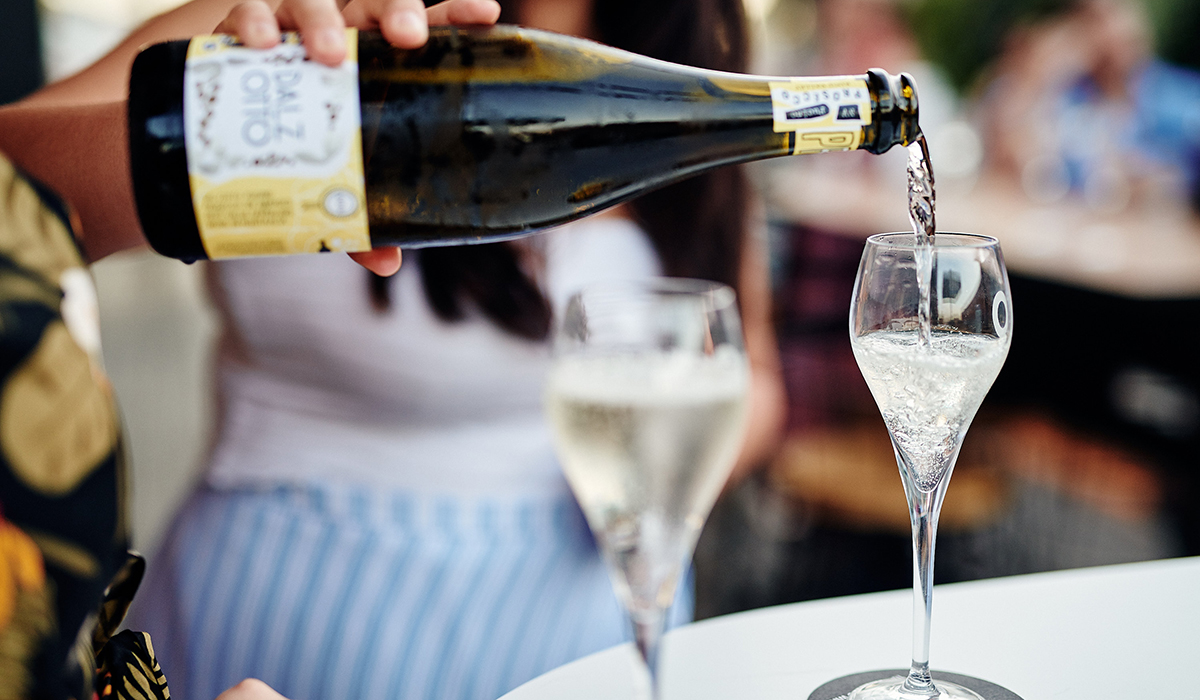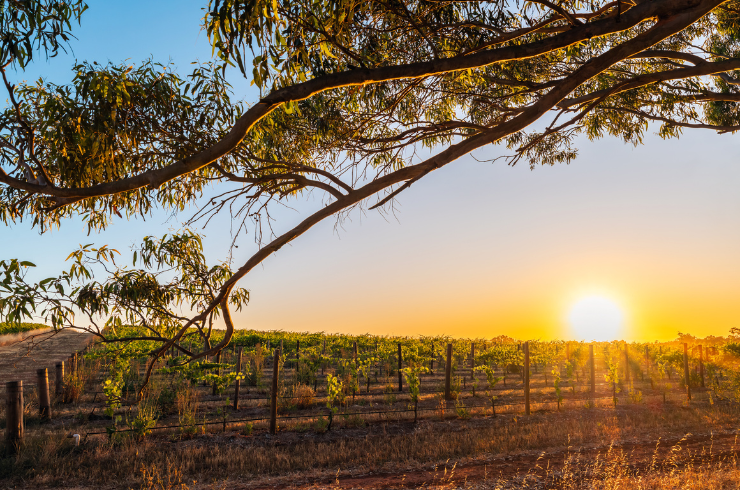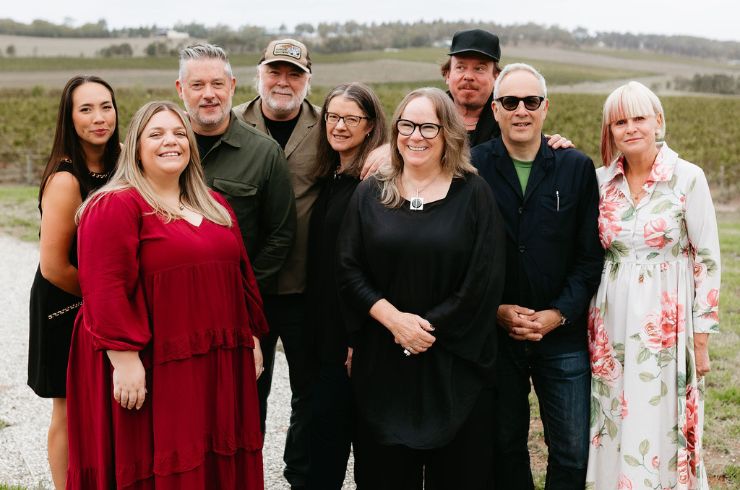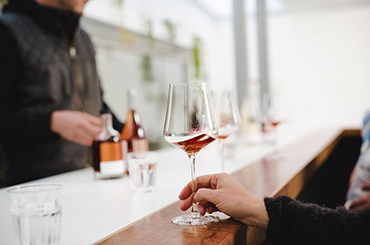When the Pizzini family released their first prosecco sparkling wines back in 2011, they went down a familiar winemaking route. “We made this super-complex version, super-dry – very Champagne-esque, but it wasn’t very popular,” explains winemaker Joel Pizzini. “It was ahead of its time.”
In the beginning, drinkers considered prosecco a fun, approachable, easy-drinking style. Complexity in taste probably didn’t figure too highly in their thinking. How the prosecco grape has changed.
It is now an emerging superstar of the Australian wine industry with sales increasing more than 100 per cent between 2017 and 2019, making it the 11th largest varietal/wine style by value in the retail wine market. And, all the while, the grape has been constantly reinventing itself.

Prosecco is now an emerging superstar of the Australian wine industry with sales increasing more than 100 per cent between 2017 and 2019.
 The vines at Pizzini, where early, complex versions of prosecco were "ahead of their time".
The vines at Pizzini, where early, complex versions of prosecco were "ahead of their time". But it is the introduction of a traditional Italian style called Col Fondo or Ancestrale that is the most exciting new prosecco territory to be explored. Col Fondo sees a second fermentation take place in the bottle and remains untouched until it’s poured into the glass, with no removal of lees or spent yeast cells, and no addition of a dosage or liqueur, a la traditional method.
“We’re seeing great interest in Col Fondo,” explains winemaker Michael Dal Zotto. “It’s raising interest in the grape, [showing] it can be complex, it can have savoury notes, it can have a bit more body and a bit more weight to the palate than people expect.”
Michael takes it a little further with the company’s Tabelo Col Fondo, named in honour of his grandfather Giovanni, who was nicknamed Tabelo. For this wine, the grapes are dried and their sugars used to initiate fermentation of the wine. “From a winemaking perspective, it’s a little bit different,” Michael adds.

How far can prosecco go?
Brown Brothers has just released Australia’s first “Ultra Low” Prosecco with 0.5% alcohol – each bottle representing a mere half a standard drink. The company said it was responding to “overwhelming” research that showed Australians were seeking a way to moderate alcohol consumption and lead healthier lives. Its grapes were picked early to achieve high levels of natural acidity and, following fermentation, spinning cone technology was used to de-alcoholise the wine. Sugar levels were also kept in check with just 3.2g of sugar per 150ml glass.
Still, there are producers who don’t wish to see prosecco’s diversification go too far, such as John Waldron of Risky Business Wines. “My view on prosecco is that as long as producers keep the overarching style and quality guidelines front and centre, prosecco will always remain relevant, and people will continue to enjoy it,” he says. “The risk I see is that producers start messing with the style too much and alienate consumers in the pursuit of innovation.”
Sign up to view these tasting notes and ratings
By becoming a member of Wine Companion, you'll have access to the largest database of wines in Australia.
Note: Australian prosecco makers won the right some years ago to call their grape ‘prosecco’ in Australia, despite a legal launch from the Italians. The Dal Zotto family were the first to plant the grape in Australia in 1999, and in 2009, the Italians sought to protect the name as a GI and change the grape’s name to glera.
Some people believe Australia should call the grape glera, but producers here have legally established the prior use of the name. They can sell their wine as prosecco in Australia, but can’t export it labelled as prosecco unless there is a trade agreement, which there is with New Zealand.
Latest Articles
-
Win
Win a stunning collection of Plumm glassware and wine, valued at over $500
2 days ago -
Wine Lists
Top Christmas wines under $30 (and five worth splurging on)
2 days ago -
Wine Lists
Why you should drink Australian this festive season (and 80 of our best wines to try)
2 days ago -
From the tasting team
The Aussie wines the Halliday Tasting Team will be opening this festive season
2 days ago





